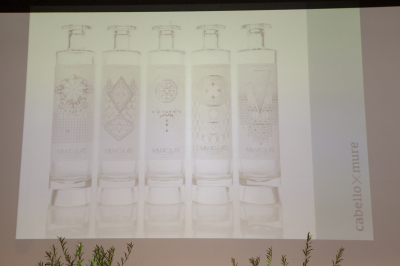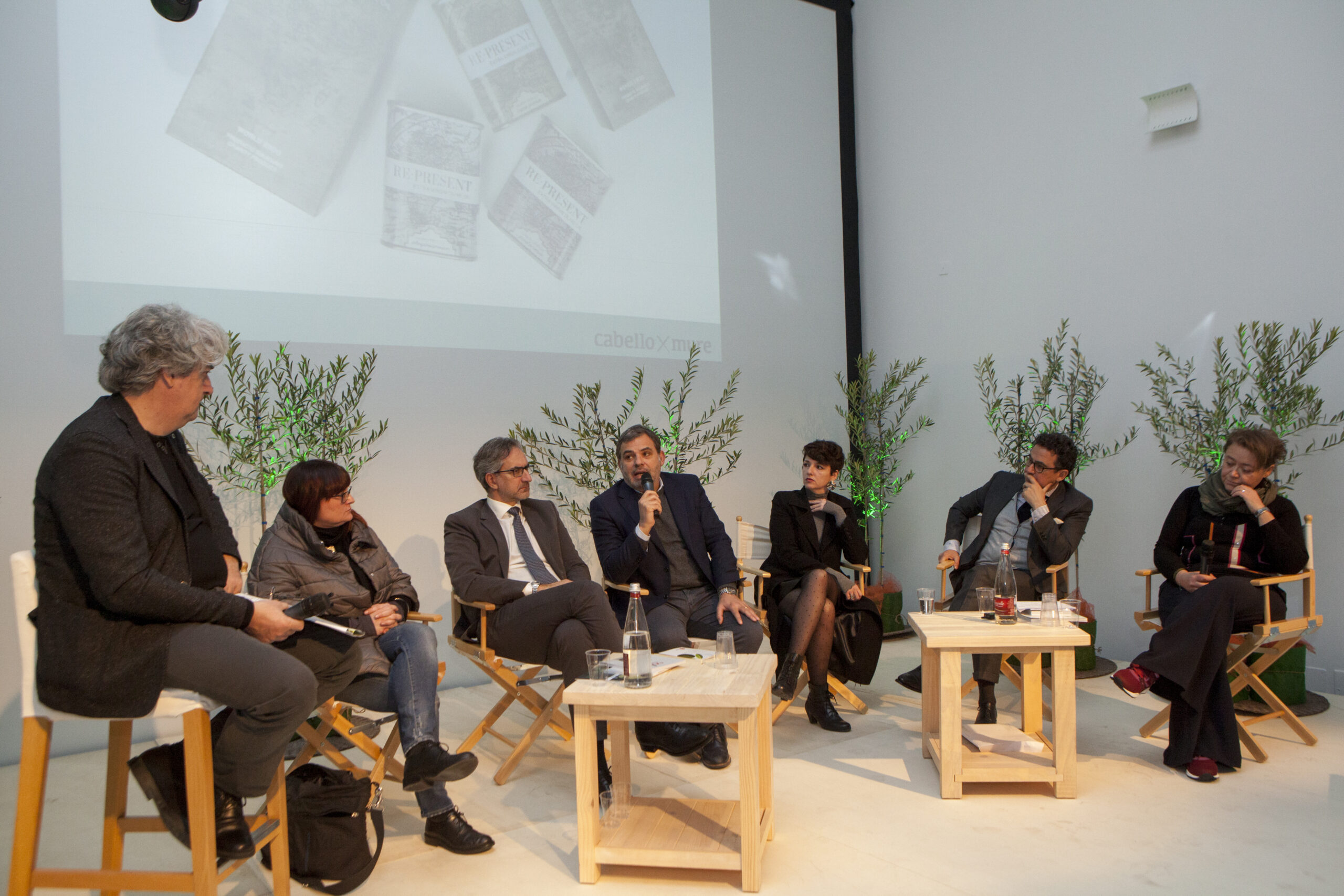Does packaging help sales?
In recent years, great efforts have been made to improve the quality of extra virgin olive oil, but what about its appearance? Is design a critical factor? Packaging, a key tool in sensory marketing, strongly influences the choices made by customers standing in front of a supermarket shelf crammed with bottles of similar price and quality

The ancient saying claiming that you can’t judge a book by its cover is usually true, but not under every circumstance. In the food & drinks sector for example, the quality of a product is extremely important, but so are the package, label and box. Like clothes, they are the eye-catchers, the communicators, indicative of what’s inside.
This is particularly true for olive oil, but despite the positive experience in the wine sector, Italy still fails to acknowledge the potential of packaging in marketing techniques such as product positioning. Together with the label and design, packaging it is indispensable for an effective communication strategy. It is a key tool in sensory marketing, capable of influencing the customers standing in front of a supermarket shelf crammed with bottles of similar price and quality.

The most popular oil is the one with the best packaging
This topic was analysed in great depth at the last Olio Officina Festival, building on the behaviour of the consumer in the sales point. As observed by Chiara Tomasi, marketing manager at Arconvert, a company producing a wide range of self-adhesive papers and films, it usually takes only 12 seconds to decide what product to buy, “because time is a luxury, but also because, instead of being thinking machines with emotions, we are emotional machines that think. The fact that it takes us so little to decide proves that we are compulsive buyers, influenced by materials, colours, images, the shape of the bottle and design of the label, or in other words, factors that stimulate our sight and sense of touch instead of our sense of smell and taste.”
Conscious or not, the consumer gives great importance to the package, so the producer can choose the right design to fit the idea that he or she wants to communicate.
As regards the label, one of the greatest problems encountered in the catering sector is the need to keep it undamaged and unblemished. Arconvent offers an interesting solution with its “Immaculate papers”, a range of self-adhesive paper for labels that are specifically designed for oil, and are 100% fat-repellent. Once again however, very few companies worry about using the right sort of paper.
Whatever the position of the oil on the market, be it premium or entry level, if the price is the same the product preferably chosen is always the one that is better packaged. Even entry level oils should follow the example of wine, where even the cheapest bottles are much better dressed than in the past.
A comparison between Italy and Spain
It is interesting to compare how the two leading oil producers in the world, namely Italy and Spain, exploit design in this sector. The latter country has invested great sums of money in creativity and use of new materials, and is now in a dominating position.
“In the last seven-eight years, the Spanish oil sector has witnessed a spectacular improvement of both its quality and appearance – underlined Juan Penamil, editor of Mercacei and Olivatessen, in his intervention at the Olio Officina Festival. Now that the quality of the product has reached satisfactory levels, packaging becomes essential to enhance the virtues of this exceptional product.”
The containers in particular have changed remarkably over the last few years, passing from the traditional one-litre bottles to the smaller square ones. “But now, even this type of vessel is considered obsolete” notes Stefano Romoli, exports sale manager at Vetreria Etrusca. “Although still present on the market, it now identifies an oil of standard quality. Thanks to the greater internationalization of the demand, the attention once reserved to wine is now also given to olive oil.”
The reasons for this, according to Mr Romoli, are manifold. “One is certainly the countless promotional campaigns highlighting the virtues of our olive oil, which have increased its demand in countries that traditionally purchased products of an inferior quality. As with wine, internationalization requires the support of packaging. When we approach a new market, we need to increase visibility. This is why it is essential to choose the container carefully.”
Not by chance, the demand for technical innovation and shape variety has grown exponentially over the last few years. Vetreria Etrusca is one of the companies choosing to invest in studying and designing new shapes. “Using an innovative bottle with a distinctive label helps convey a message to the market, because it is a first form of identification – underlines Mr Romoli -. Even the colour is important: now we tend to use darker shades of glass that, as for wine and champagne, suggest a greater quality.”
The keywords are therefore differentiation and personalization, of either the colour and shape of the bottle, the label, seals and caps or the addition – common in Spain – of a sleeve.
An expert in this field is designer Isabel Cabello, from Cabello x Mure, who also spoke at the Olio Officina Festival. “Packaging is an element of rupture and innovation – she claimed–. While this is obvious for the wine sector, the world of olive oil, still strongly linked to tradition, is only starting to acknowledge this fact. The formula to create an effective packaging is to combine quality and aesthetics but even more important, to communicate the content in a direct an immediate manner.” It is interesting to note that innovation in Spain, far more ground-breaking than in our country, is exploiting 90% of made-in-Italy materials: the suppliers of both bottles and labels are Italian.
Product-enhancing packaging
The last speaker on this topic was Pasquale Manca from San Giuliano, an ancient farm and olive mill in the environs of Alghero. “Having many years ago decided to pursue quality, we not only chose to focus on the product but also on its marketing and presentation. Supermarket shelves are very indistinct areas, so packaging becomes a crucial factor; sadly however, the laws concerning labelling are extremely strict, so it can be quite difficult to stand out and catch the eye of the potential buyer. In order to better communicate the world behind our oil, we decided to use a bottle that would make us unique and easily recognizable. Moreover, we sometimes make some slight changes to the label to better adjust to the market: in the US for instance, we use larger characters, because the consumer is less used to extra virgin olive oil and we have decided to use a marketing strategy based on clarity. I believe that producers should always share their expertise with the designers, so as to create a satisfactory package that can both communicate effectively its message and be used and handled easily by the consumer.”
To comment you have to register
If you're already registered you can click here to access your account
or click here to create a new account


Comment this news